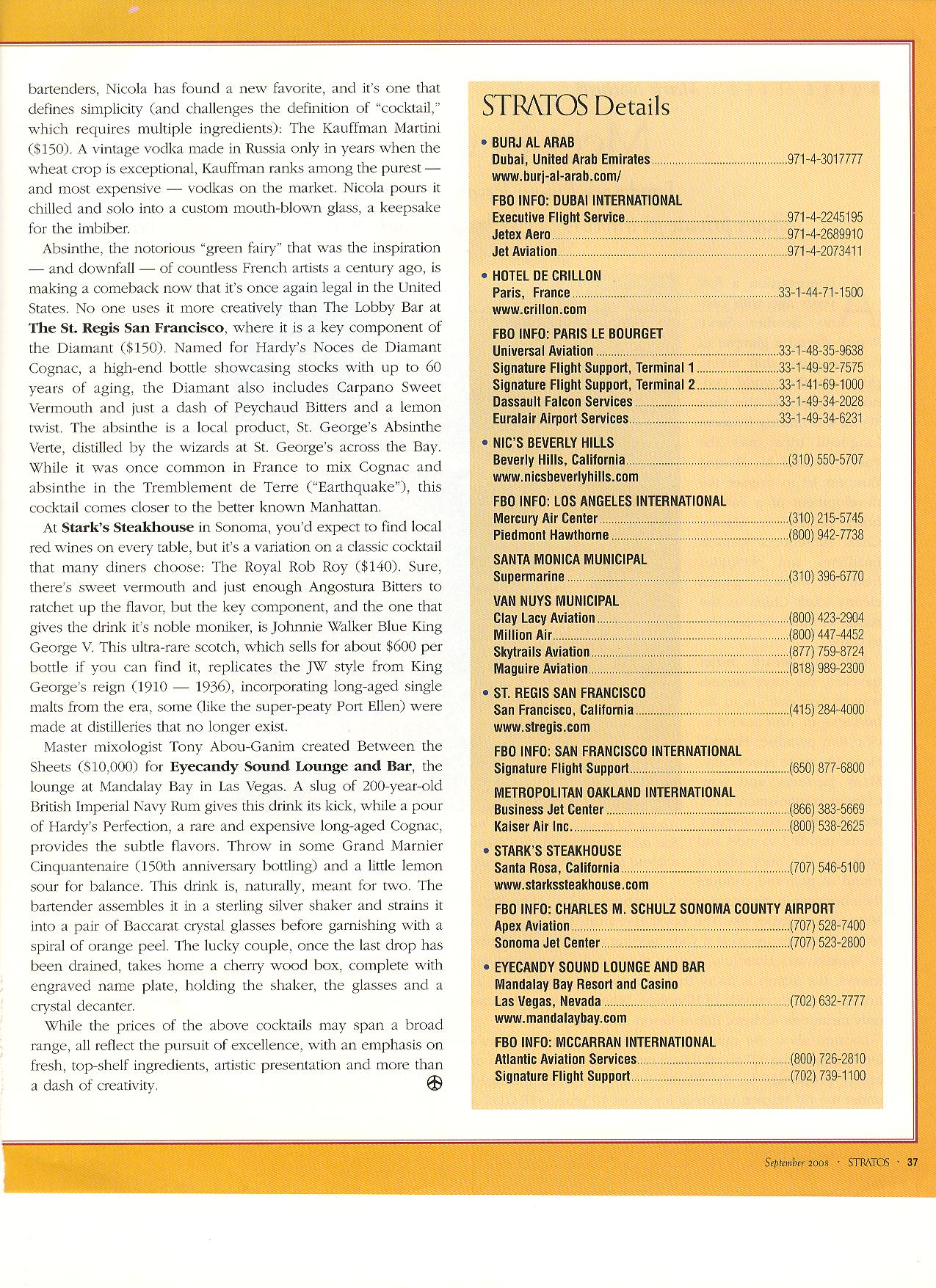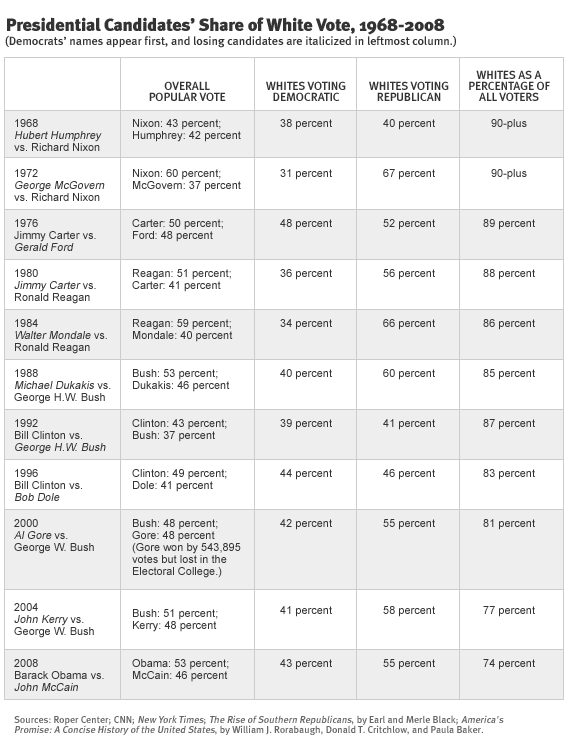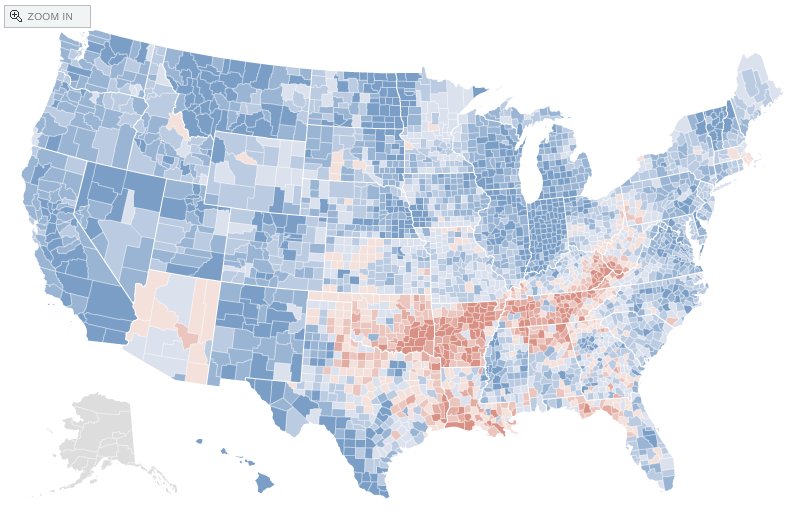In STRATOS, “the premier in-flight magazine for corporate and private jets,” I found this two page article (text below):
Selected text:
High Dollar Highballs
STRATOS travels the globe in search of $1,000 cocktails in another installment of the world’s most exclusive cocktails.
…
Burj Al Arab, the dreamy, sail-like hotel on the water in Dubai, surely serves one of the most impressive… runs about $7,500. But when you factor in the cost of the ingredients, it almost seems reasonable. Start with a healthy pour of The Macallan 55 Year Old Single Malt Scotch… bottles… sell for $15,000 or more… The drink is stirred with a hand-carved piece of wood salvaged from a Macallan oak cask and presented in a Baccarat tumbler of 18-carat gold…
Hotel de Crillon, one of the loveliest hotels in Paris, has a beautiful lounge where barman Philippe Olivier offers perhaps the ultimate Sidecar for $1,600… this version opts for the creme de la creme of Cognac: Louis XIII Black Pearl, a special edition of Remy Martin’s long-aged signature bottle selling for about $30,000…
Master Mixologist Tony Abou-Ganim created Between the Sheets ($10,000) for Eyecandy Sound Lounge and Bar, the lounge at Mandalay Bay in Las Vegas. A slug of 200-year-old British Imperial Navy Rum gives this drink its kick, while a pour of Hardy’s Perfection, a rare and expensive long-aged Cognac, provides the subtle flavors… This drink is, naturally, made for two. The bartender assembles it in a sterling silver shaker and strains it into a pair of Baccarat crystal glasses… The lucky couple, once the last drop has been drained, takes home a cherry wood box, complete with engraved name plate, holding the shaker, the glasses and a crystal decanter.
An argument: Because of the way we are segregated by class in the U.S., people rarely mix socially (pun intended) with others very far outside of their own social class. For me, paging through magazines aimed at the super rich (see other posts from them here, here, and here), is kind of like flipping through Maxim. There’s a whole world out there that is not aimed at me and of which I am largely unaware. The segregation that nurtures this ignorance is part of what sustains our complacency. Most of the time I can be completely naive to the entitlement to extremes of luxury that is marketed to the very rich, like I can remain blissfully unaware of what they are saying about women and men in Maxim magazine. Political sociologists suggest that it is not deprivation that incites revolution, but relative deprivation. That is, not having much doesn’t cause people to resist the system, it is the realization that others have so much more. As long as we remain unaware, the system is likely to continue unchallenged.
Maybe it doesn’t even make sense to say that we are segregated by class. Class does separate people, but it also brings them together. Working and middle class people are brought directly into interaction with people of other classes when they clean houses, are hired gardeners, and work as receptionists, administrative assistants, nurses, and nannies. And it has often been this way throughout history (think slaves, indentured servants, etc). So to say that we are segregated might be a stretch.
I also don’t know how I feel about this argument in light of the rash of reality shows that have emerged over the past 5-10 years that depict real, honest-to-goodness rich people basking in luxuries that most of the viewers could never afford. Not that (I think as I write this) reality shos are all that different from the non-reality shows that have been on TV for a very long time that depict extreme wealth (e.g., Dynasty). Do we not, on some level, recognize that those people, at least those in the reality shows, are real? Or do we identify with them over and against people of our own class? (I described how this might work in a previous post on McDonald’s coffee.) Would actual physical integration (insofar as it doesn’t exist) have a different impact on us than the integration that occurs on between us and our television screens? Or does our current social climate challenge the tenet of relative deprivation?
Asked another way, given that I am a sociologist AND watch TV, why do I still find the stupid article about expensive cocktails so surprising?










